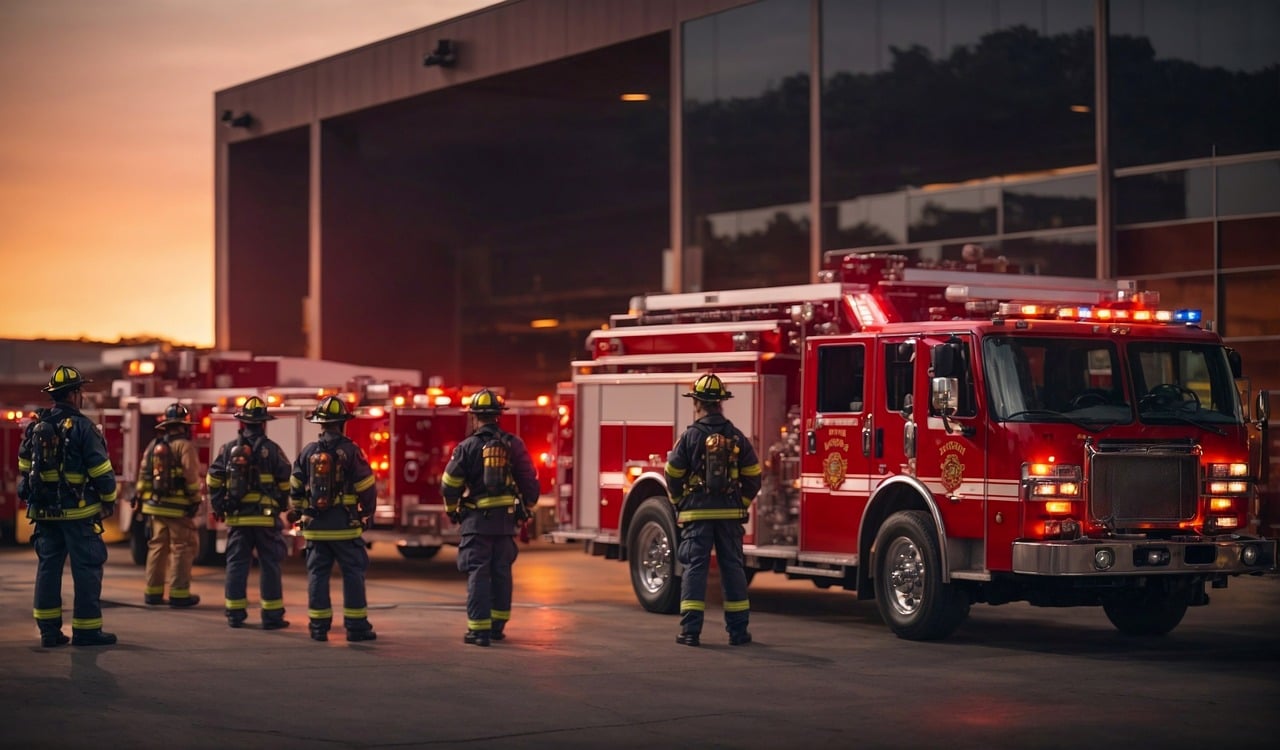The Historical Saga of AFFF: Origins, Controversies, and Legal Battles

Human inventions are most often offered as an answer to the problems of mankind. But in this multifaceted world, one never knows when the solution itself turns into a new problem that is to be solved.
One of the most famous examples of one such invention is the aqueous film-forming foam (AFFF). It has played a significant role in fire suppression and prevention for several decades.
The development and evolution of AFFF can be traced back to the mid-20th century when advancements in firefighting techniques and technologies were being made.
But after a while, multiple research studies concluded that the chemical compounds used in firefighting foam are very dangerous.
Strict actions were taken by several government bodies and those exposed to the foam filed an AFFF lawsuit, which soon turned into an (MDL).
This article aims to provide a historical overview of aqueous film-forming foam, from highlighting its origins to banning its practices.
Historical Overview of AFFF
The first ever firefighting foam was ideated by Aleksandr Loran, a Russian engineer and chemist in 1902. His was the first firefighting foam that could smother and cover oil and other liquid-based fires to put them out.
As multiple advancements were made, research on the use of synthetic per-and polyfluoroalkyl substances (PFAS) in firefighting foams got started in the 1960s by the Naval Research Laboratory (NRL) and the 3M Company.
The Department of Defence (DoD) started deploying AFFF at military installations by the late 1970s. It was also available for use in commercial airports for fire control.
Eventually, AFFF spread to other industrial and petroleum-related sites that handled extremely volatile substances.
Additionally, local fire departments added AFFF to their firefighting tools, if they were in charge of aviation facilities, fuel storage depots, or tankers carrying petroleum products.
Other Uses of PFAS Outside Aqueous Film-Forming Foam
According to the Australian Government’s Department of Defence, PFOS and PFOA chemicals were used to create heat, oil, stain, grease, and water-resistant coatings and products.
It featured items such as:
- Goods made of leather and fabrics
- Semiconductors, metal plating, and the photographic industry
- Additives for paper and packaging coating, including nonstick cookware and cleaning supplies
- Insecticides
These substances are characterized as ‘forever chemicals’ because their existence is undetermined.
According to TruLaw, these have been linked to deadly diseases and other health consequences if exposed to them in any way. Bladder cancer, breast cancer, colon cancer, kidney cancer, increased cholesterol levels, and changes in liver enzymes are some of them.
Lawsuits Against AFFF
Cases have been filed on behalf of individuals who have suffered occupational exposure as well as exposure to PFAS chemicals in drinking water near an area where AFFF firefighting foam was commonly utilized.
It began in 2022 when lawsuits were filed against the parent company alleging contamination of local waterways. They were filed in California soon after which cities of Philadelphia and Baltimore also joined in.
According to Forbes, November 2022 saw more than 3000 cases from plaintiffs who were exposed to the chemicals. As of October 2023, 111 more cases were added to the class action complaint.
While many cases were handled through a settlement earlier that year, the addition of new ones raised the total to more than 6,000. As of April 2024, 7,738 aqueous film-forming foam claims were pending in the MDL of the US District Court of South Carolina.
Frequently Asked Questions (FAQs)
Are there any lawsuits related to AFFF?
Yes, there have been numerous lawsuits filed against manufacturers of AFFF due to allegations that the products caused environmental contamination and health problems. These lawsuits often focus on the presence of PFAS compounds in AFFF formulations and their impact on communities, water sources, and individuals.
How can individuals and communities protect themselves from AFFF-related risks?
Individuals and communities can take steps to minimize exposure to AFFF and PFAS compounds by avoiding the unnecessary use of firefighting foam, properly disposing of foam-containing products, and advocating for regulations to limit the use and release of PFAS chemicals into the environment.
Are there any alternatives to AFFF that are safer for human health and the environment?
Yes, there are alternative firefighting foams available that are formulated without PFAS compounds. These PFAS-free foams are being increasingly adopted by fire departments and industries concerned about the potential health and environmental impacts of AFFF.
What regulations govern the use and disposal of AFFF?
Regulations regarding the use and disposal of AFFF vary by jurisdiction, but many countries have implemented restrictions on PFAS compounds and are working to phase out the use of AFFF containing these chemicals. Additionally, there are guidelines for the proper handling, storage, and disposal of AFFF to minimize environmental contamination and health risks.
It is important to be aware of the settlement amounts that are expected as compensation against the claims.
According to the judicial community, the settlements against AFFF lawsuits may range from $10,000 to far over $300,000, depending on the strength of the case, level of exposure, and medical complications.
If you have been exposed to AFFF anytime in your life, do consult a healthcare provider, and if affected, reach out to an attorney and responsibly file a lawsuit. These small steps taken from your side can contribute towards saving many lives.
I am the content writer for Allblogsidea, where I love what I do. Writing is my passion; it’s what drives me in life. It makes me happy when people share their stories with the world so they can be heard.







